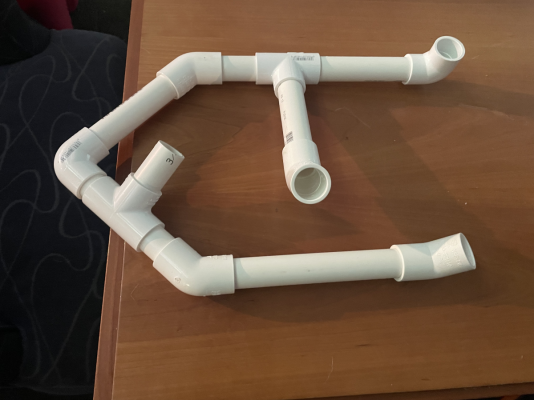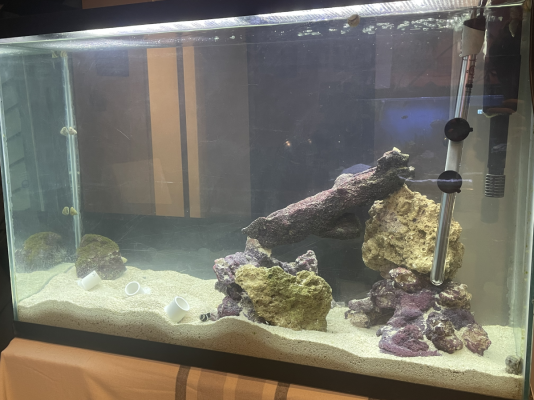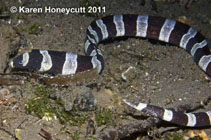So I've put in the PVC pipe cave for him and he's explored it a bit. However I also saw him trying to dig and seeming to fail to get into the sand. I use Aragonite special grade by Carib Sea. It's a fairly large grain which I would think should be easy to burrow into.
I believe he is eating the live ghost shrimp just because they disappear overnight but he isn't eating the bits of salmon and shrimp I've added yet.
I believe he is eating the live ghost shrimp just because they disappear overnight but he isn't eating the bits of salmon and shrimp I've added yet.






















